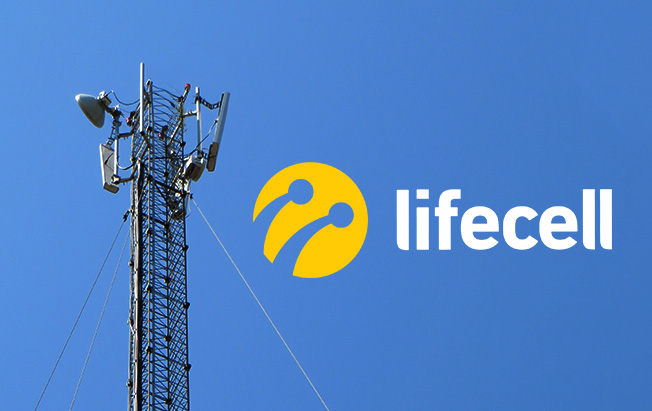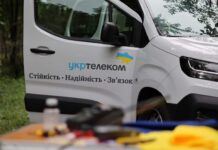Lifecell’s readiness for power outages this year is much better than last season. The core network has already been equipped with new batteries, and key technology sites have been equipped with generators.
The press service of the mobile operator told HiTech Expert.
Over the past year, the company has installed thousands of lithium batteries at its technology sites. The new batteries are capacious and durable, so they can support the base station for up to 4 hours in the absence of stationary power.
“Over the past six months, we have connected about 1,200 of our BSs to our own and partner generators and continue to do so every day, purchasing and installing new batteries and generators,” the lifecell press service said.
They believe that providing subscribers with communication in the event of prolonged power outages is a huge challenge. The scale of the problem is much larger than the resources of a single operator. After all, the network of any mobile operator was planned and built with the availability of stationary power in mind.
“So when the power goes out, we become dependent on batteries, generators, and fuel. And these are resources that need to be constantly renewed. For example, to power only one base station during a blackout, we need up to 50 liters of diesel fuel per day, depending on the type of generator, and at least one person to refuel it regularly,” the company says.
Lifecell has more than 9,000 such base stations across Ukraine, so you can calculate how many people are needed to keep them running on generators. Therefore, the preference for providing autonomous power is given to switches and nodal technology sites so that the operator’s core network can operate.









